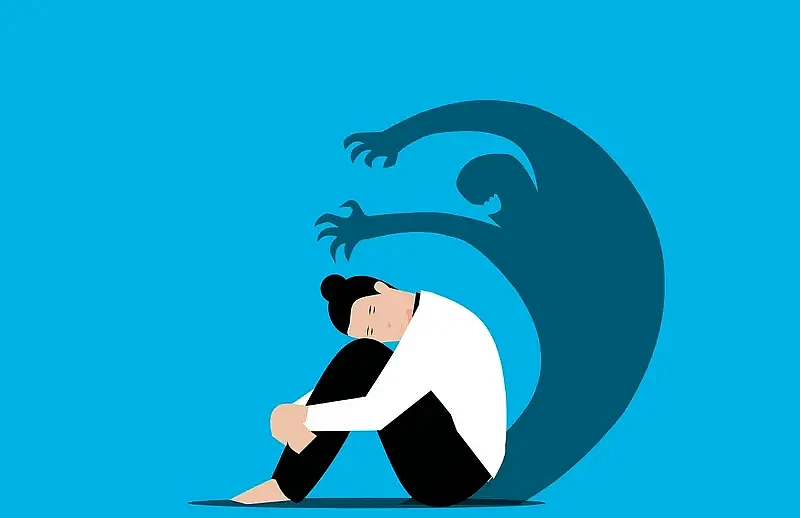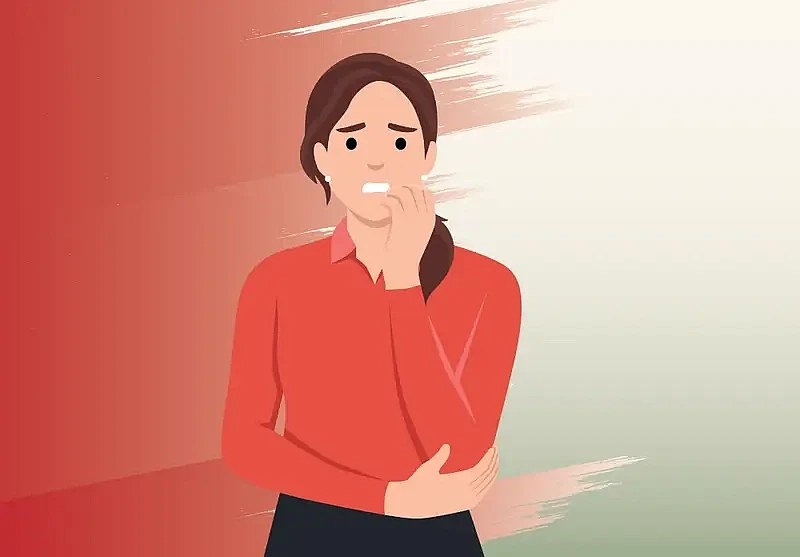Phobia

Phobia
Phobia is a common mental disorder that can manifest in various forms and cause serious difficulties in human life. It is expressed in excessive fear of certain objects, situations or conditions, which does not correspond to the real threat. Such fears may occur for biological, social, or psychologic reasons.
Phobias can be both ancient and new. For example, fear of darkness or fire is fear that has existed for centuries. Modern phobias include fear of flights, gadgets, and other phenomena that have emerged in recent decades.
Symptoms of phobias can be varied and include physical manifestations such as palpitations, sweating, shaking, and dizziness. Importantly, phobias are irrational, meaning that they arise without real risk to life, health, or safety.
There are many kinds of phobias, ranging from fear of specific objects, such as spiders or snakes, to fear of abstract concepts, such as height or confined spaces. Some phobias may be related to imaginary objects or situations that do not exist in reality.
If phobia interferes with life and causes significant distress, people should seek specialist help. Treatment may include psychotherapy and sometimes drug intervention. It is important to remember that phobia is not a sentence, and with the help of qualified specialists it is possible to cope with this disorder.
Studies have shown that between 2% and 9% of the population suffer from phobias. They occur most commonly in people between the ages of 25 and 45. People who are prone to anxiety, have had traumatic experiences, or have parents who have phobias are at increased risk.
Phobias in the modern world
Fears and anxieties are frequent companions of our lives. Claustrophobia, fear of heights, fear of the dark, and social phobias are only a small part of what many face. These states were influenced by both biological and cultural factors. For example, fear of the dark may be called ancestral vestige, whereas fear of flying is relatively recent and has no evolutionary basis.
Fear is the body's natural and beneficial response. It mobilizes forces and stimulates action in situations that require a rapid response. However, excessive fear, when there is no real threat, can become pathological and interfere with normal life.
Causes of phobias:
biopsychosocial view
In modern psychology and psychiatry, a biopsychosocial approach to understanding phobias and other mental disorders is prevalent. This approach views phobias as the result of the interaction of three key factors: biological, psychological, and social. These factors do not exist in isolation; they are intertwined and affect each other in ways that shape, reinforce, or advance individual phobias.
Biologic factors are related to disturbances in the brain, particularly imbalances in neurotransmitters, chemicals that regulate mood and emotion. People with phobias often have decreased production of serotonin and other substances that help soothe the nervous system. It may be caused by genetic predisposition, exposure to toxins, or prolonged stress
Adult phobias
Phobias involve an acute episode of fear, death, or loss of control of a specific object or situation that is accompanied by autonomic symptoms.
Phobic disorders are neurotic.
This means that without a fit, a person is aware of the irrationality of their fears.
However, in moments of exposure to a phobic situation, criticism is lost and he feels a real threat to life.

Somatic symptoms
The list of physical symptoms that can accompany phobia is enormous. They result from overactivation of the sympathetic nervous system and increased skeletal muscle tension. These are:
- Dyspnea
- Rapid breathing
- Difficulty breathing in
- Tachycardia
- Cardiac pain
- Tinnitus
- Dizziness
- Headache
- Loss of consciousness
- Dry mouth
- Intestinal drilling
- Nausea
- Diarrhea
- Tremor limbs
- Psychological symptoms
- Voltage
- Anxiety
- Anxiety
- Concentration decreased
- Irritability
- As a result, on a cognitive level, a person with a phobic disorder has negative thoughts about themselves and their future. There is an exaggerated estimate of their physical symptoms.
Often, people with different types of phobias have avoidant behavior. That is, they try in every way to protect themselves from being confronted with a frightening object or situation. For example, a person who is afraid of taking the subway moves to another area to stay away from the subway.

Treatment of Phobias
Children's fears, phobias and anxiety can be successfully treated, even to the complete disappearance of symptoms. A comprehensive approach includes drug therapy, psychotherapy, hypnosis and modern technologies. It is important to consult a qualified professional as soon as possible.
Effective treatment not only improves a patient's condition, but also helps harmonize his life. Therapy builds a stable habit of responding adequately to frightening situations and controlling emotions. Drugs reduce anxiety and relieve intrusive symptoms.

